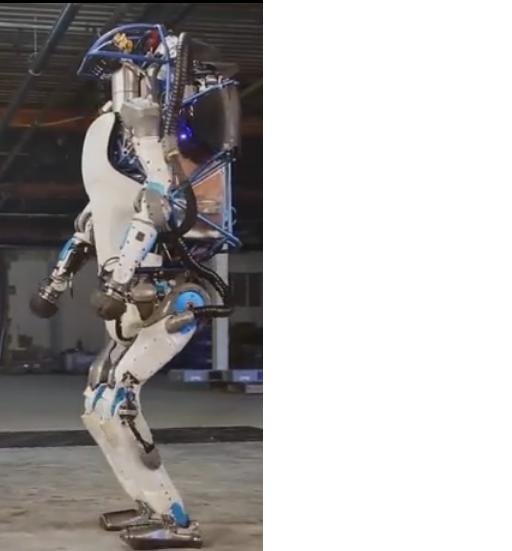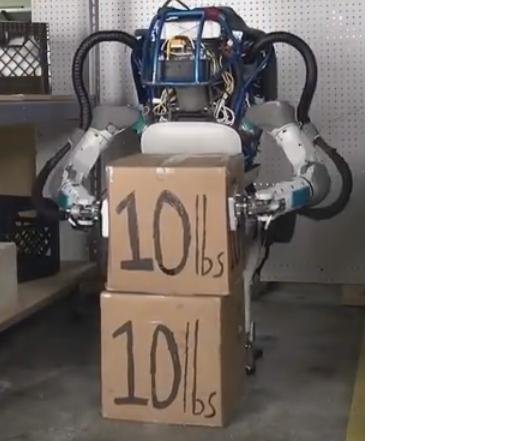The most advanced artificial intelligence robots
As technological advances have been sought, we have looked for ways to make robots take our place in heavy and frustrating work. Robots have taken our place in a very surprising way and get to work even better than us, both industrially in heavy machinery, in the military area at strategic level and can be found in a work office. There are all types of robots for a specific task without the need for our hand to intervene.
1- robot atlas
the most complete and dynamic humanoid developed by the American robotics company Boston Dynamics, with the financing and supervision of the defense advanced research projects agency (DARPA) designed for search and rescue tasks with a height of 1.5 m, weighs 75 Kg, can load up to 11 Kg, has 28 hydraulic joints and the vision system is Lidar and Stereo vision.
The control system coordinates the movements of the arms, torso and legs for the manipulation of the whole body, greatly expanding its reach and workspace.The hardware takes advantage of 3D printing to save weight and space. Stereoscopic vision, range detection and other sensors give you the ability to manipulate objects in your environment and travel in difficult terrain. Atlas maintains its balance when it is pushed or pushed and can be lifted if it is overturned.
2- Albert Hubo
Developed by the Advanced Institute of Science and Technology of Korea (KAIST). He has had voice recognition and synthesis, as well as a vision in which his two eyes move independently of each other, the latest version can make expressive gestures with his 5 fingers separated and able to speak and cover a wide range of expressions natural facials, based on the previous development of HRI in the Philip K. Dick android. With a weight of 57 kg, a height of 1.37 m, with a walking speed of 1.25 km / h, with a continuous operating time of 1 hour and a freedom of 66 °
https://cdn.steemitimages.com/DQmNYsmUezTtnMh5eztWLcWJwPgTBUDUH1V4TLKAMxjYhEi/
3- RHex
It is a six-legged robot for uneven terrain and the legs with independent control produce specialized movements that propel it on difficult terrain, layers of crossing rock fields, mud, sand, vegetation, railroad tracks, telephone poles and stairs. It has front and rear cameras that give the operator a remote view of the environment. Its sealed body allows it to be fully operational in humid climates, mud, swamps and sewers. RHex was developed with funds from DARPA and the US Army Rapid Equipping Force. It has a height of 14 cm, a weight of 12 kg, a load capacity up to 2 kg, with electric mobility.!
(https://cdn.steemitimages.com/DQmTFdpXpUQHQJrDhMViPPFXpymi5H8fBjV9ubJSQBuBpCw/maxresdefault .jpg)
4- Baxter
Baxter was built by Rethink Robotics, to work together with people to perform boring tasks in a production line. It is characterized by having an animated screen and possessing "common sense", it adapts to the staff around it and does not require complicated programming, he learns through his training. Its size is similar to that of a person.!
(https://cdn.steemitimages.com/DQmU4muF7dFgSpXK3ZJvvty7aELoSJn8idbYaaW5z359eYH/maxresdefault%20 (1) .jpg)
5- BigDog
It is a quadruped robot for military use. It was created by the Boston Dynamics and Foster-Miller companies, the Nasa Jet Propulsion Laboratory and the Concord Field Station of Harvard University, it measures 0.91 m long, 1 m high and weighs 110 kg. It is capable of traversing complicated terrain at a speed of 6.4 km / h loading up to 150 kg of weight, it has a gasoline engine, hydraulic mobility, it has a LIDAR camera vision, it has 16 articulations and layers of climbing slopes of 35 °.
( )
)

